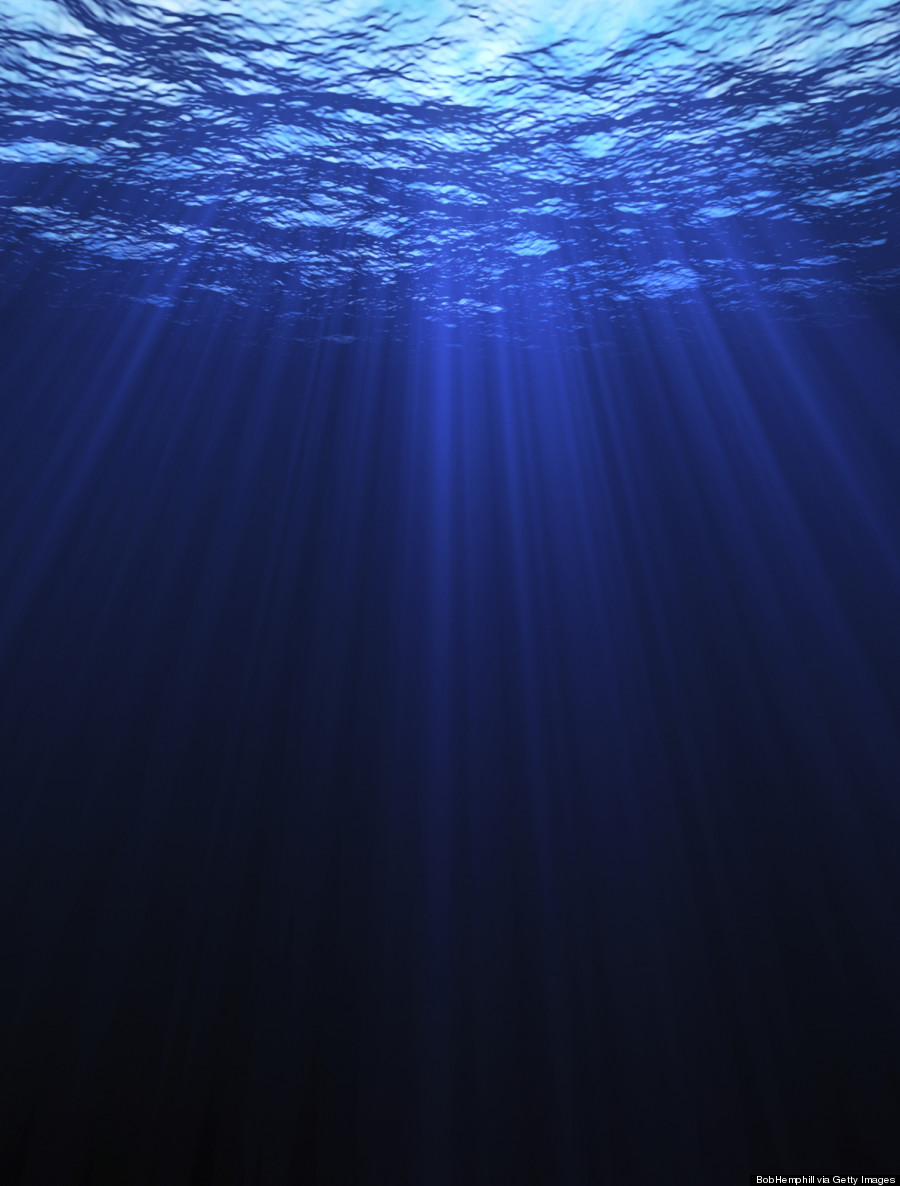Vast, mysterious, and haunting, the ocean has inspired many due to its sheer size, power, and unremitting beauty.
Not only is the ocean teeming with precious marine life, it's the lifeblood of planet Earth itself, providing us with oxygen, absorbing carbon, and covering over three-quarters of Earth.












